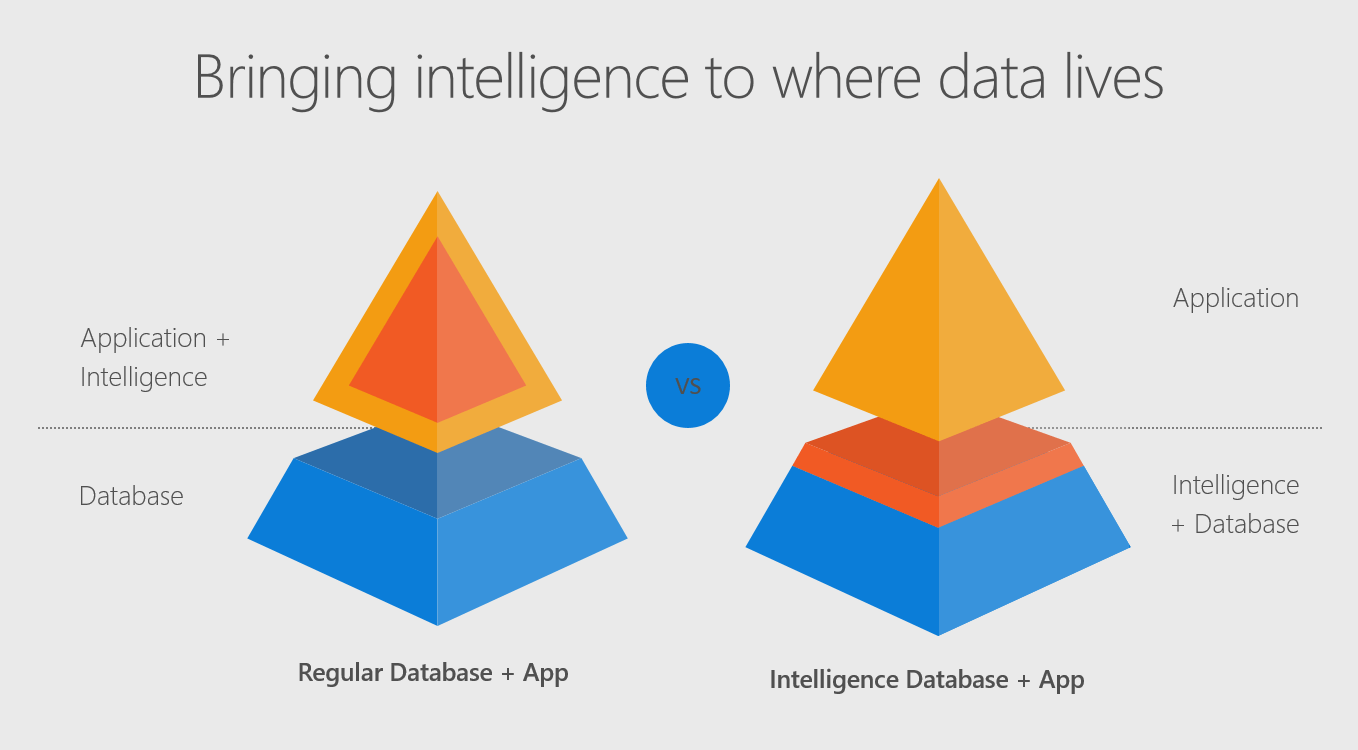Course
Learn more about SQL
Certification available
2 hr
548.1K
Certification available
Course
Joining Data in SQL
4 hr
110K
Certification available
Course
Intermediate SQL
4 hr
176.2K
See More
RelatedSee MoreSee More
A Data Science Roadmap for 2024
Do you want to start or grow in the field of data science? This data science roadmap helps you understand and get started in the data science landscape.
Mark Graus
10 min
Top 5 SQL Server Certifications: A Complete Guide
Unlock SQL Server certification success with our guide on paths, preparation with DataCamp, and the top certifications to enhance your career.
Matt Crabtree
8 min
Seaborn Heatmaps: A Guide to Data Visualization
Learn how to create eye-catching Seaborn heatmaps
Joleen Bothma
9 min
Test-Driven Development in Python: A Beginner's Guide
Dive into test-driven development (TDD) with our comprehensive Python tutorial. Learn how to write robust tests before coding with practical examples.
Amina Edmunds
7 min
Exponents in Python: A Comprehensive Guide for Beginners
Master exponents in Python using various methods, from built-in functions to powerful libraries like NumPy, and leverage them in real-world scenarios to gain a deeper understanding.
Satyam Tripathi
9 min
Python Linked Lists: Tutorial With Examples
Learn everything you need to know about linked lists: when to use them, their types, and implementation in Python.
Natassha Selvaraj
9 min


